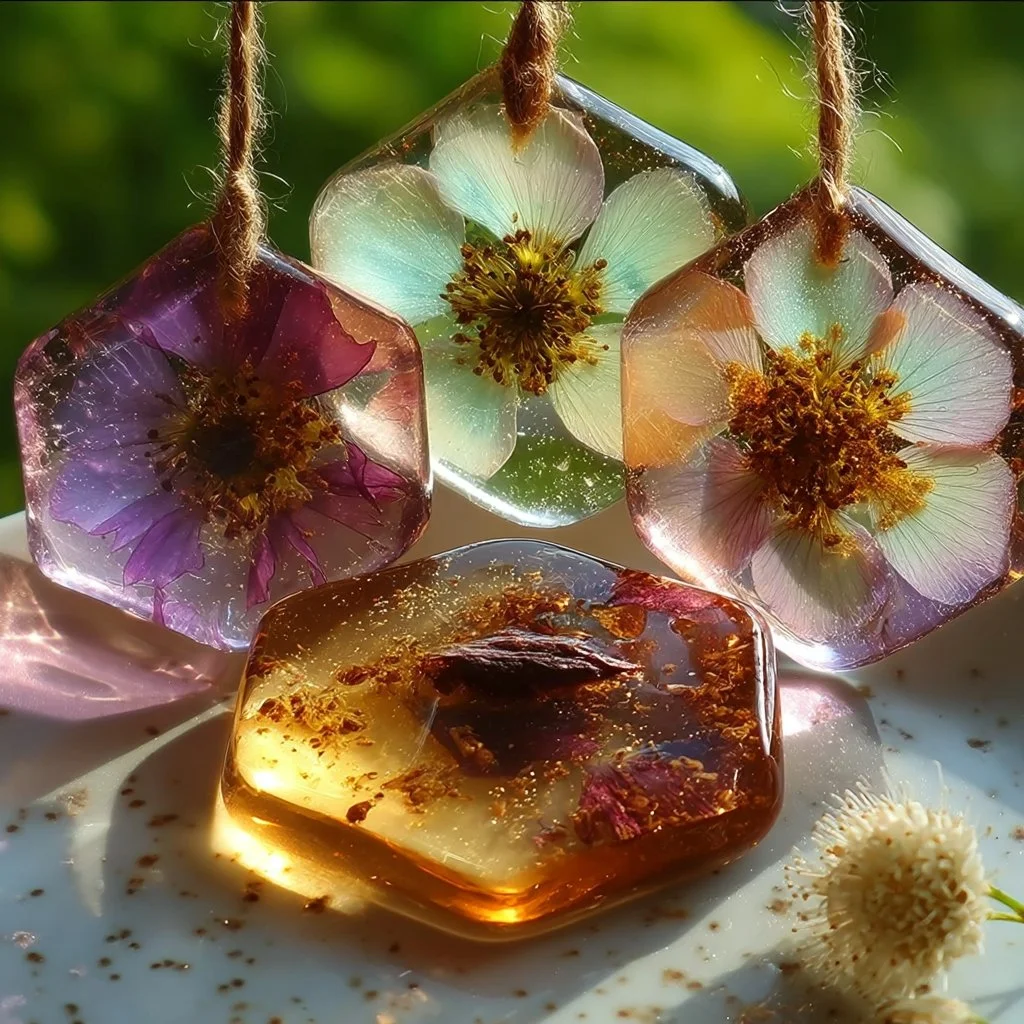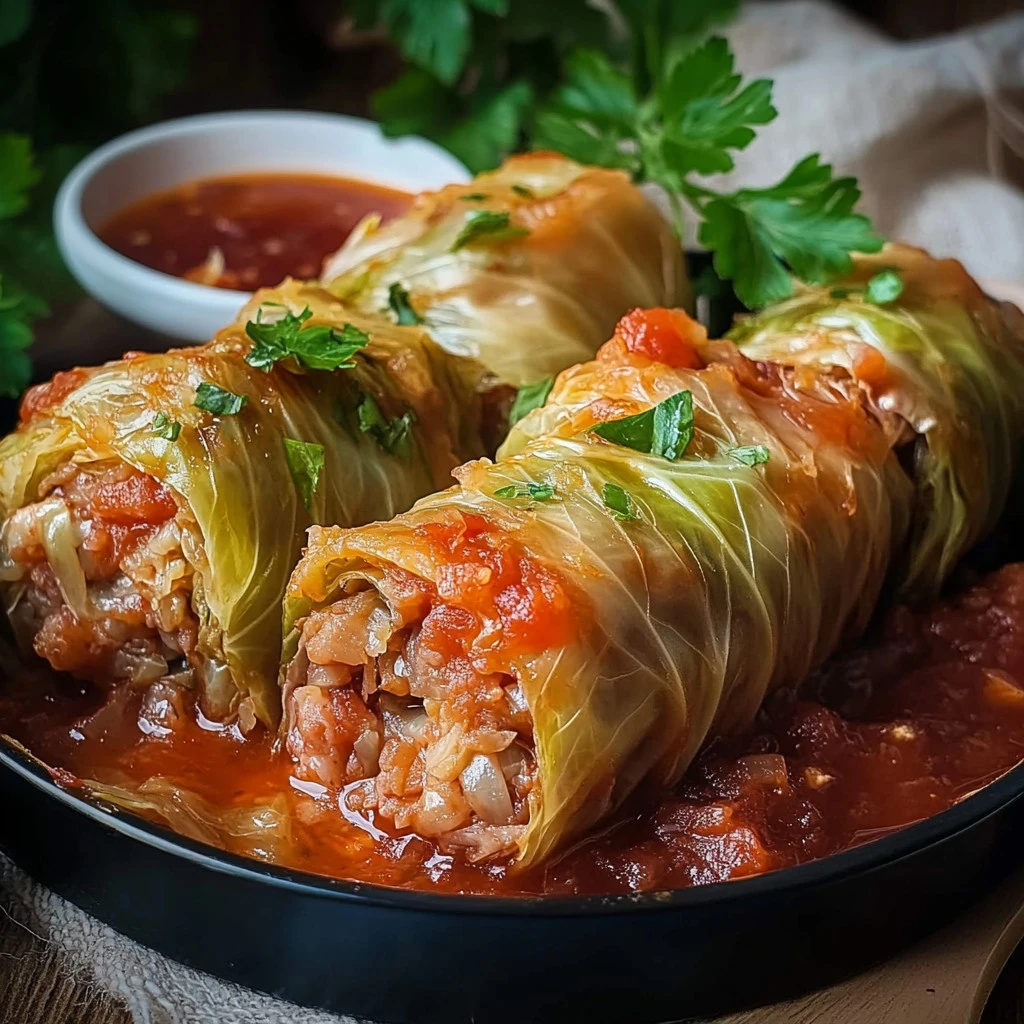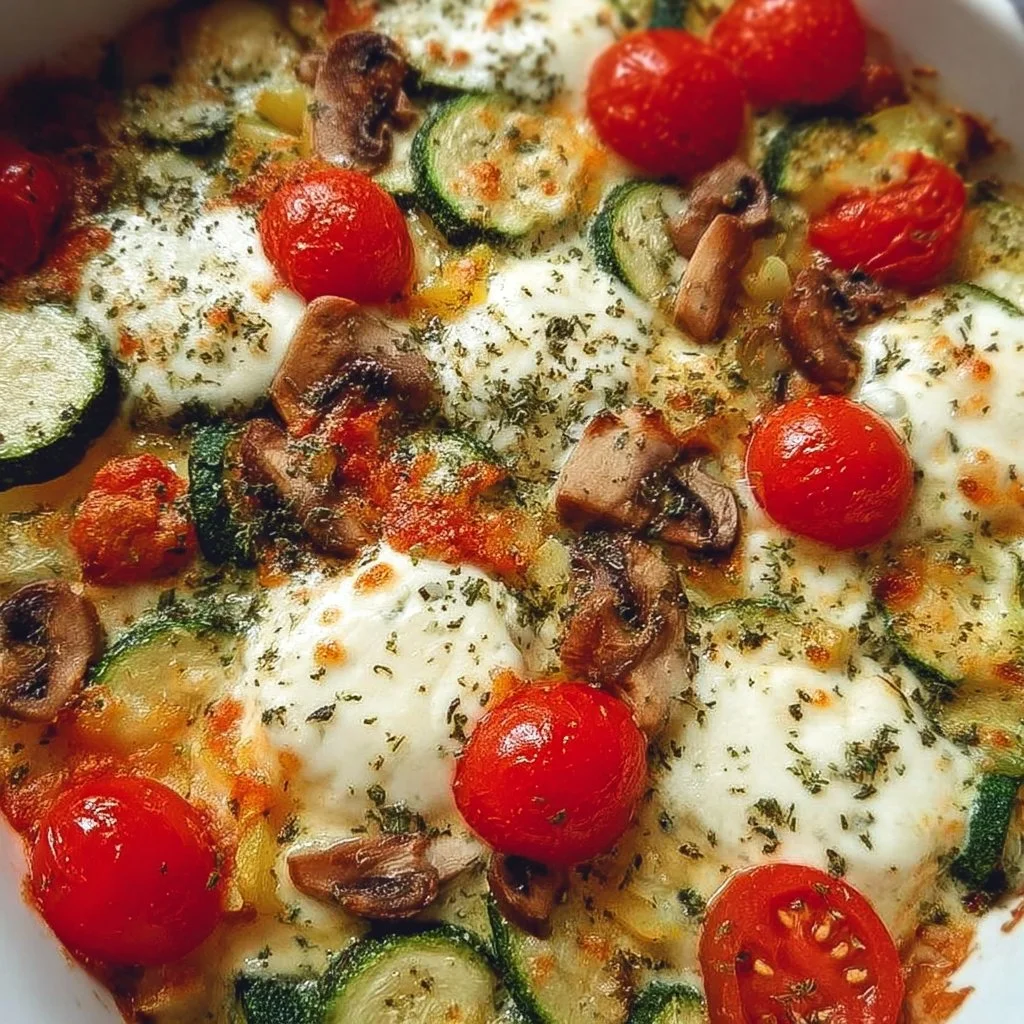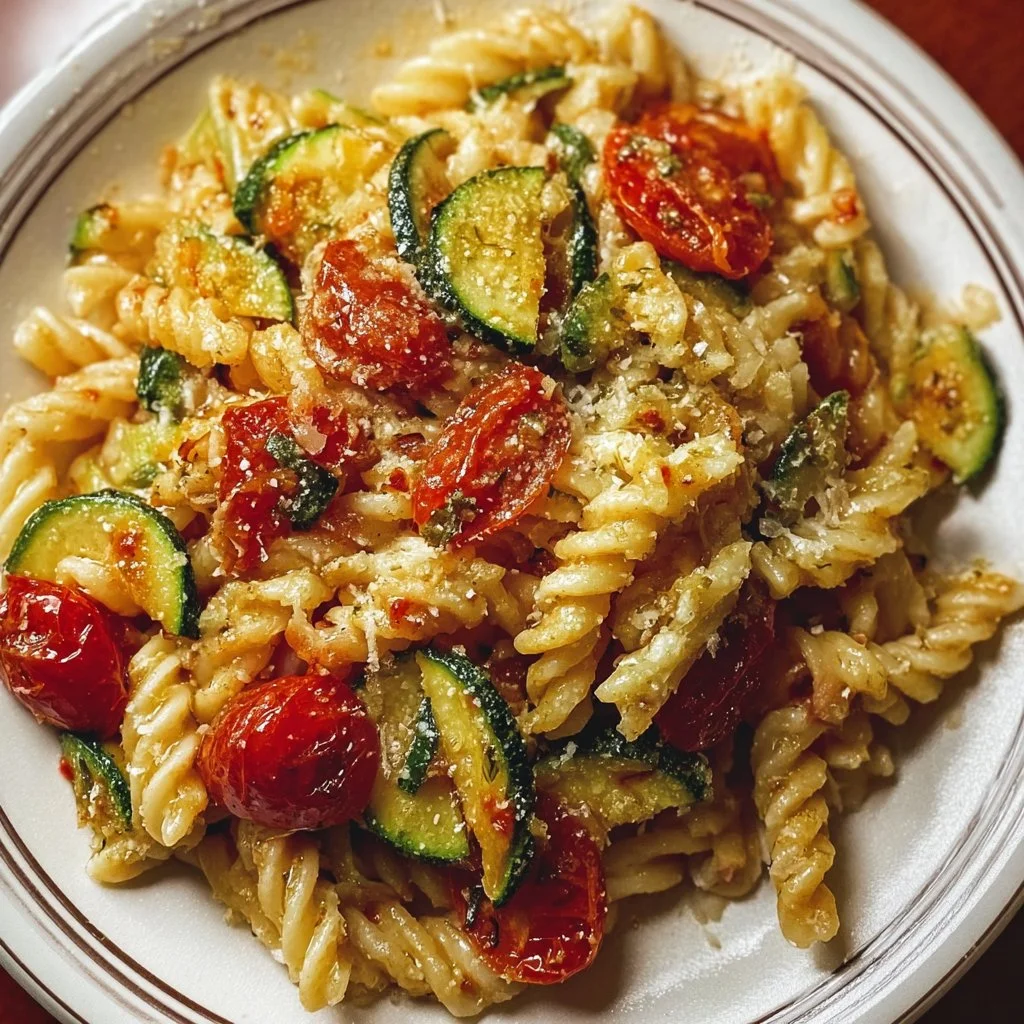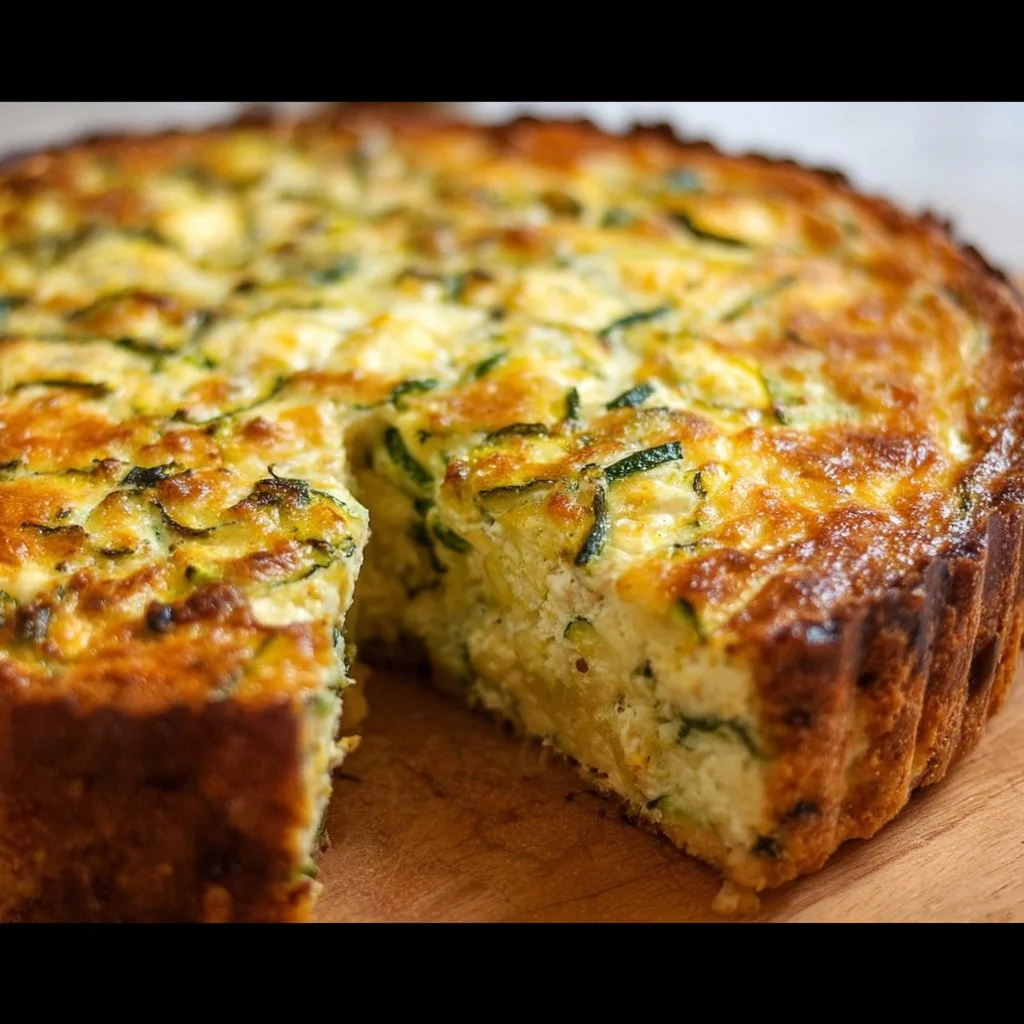DIY Bioplastic Suncatchers

Did you know that crafting your own bioplastic suncatchers can significantly reduce plastic waste while providing a fun and educational activity? With a growing concern over plastic pollution, this engaging DIY project is not only creative but also sustainable. In this post, we’ll delve into how to make DIY Bioplastic Suncatchers, using eco-friendly materials that shine beautifully in sunlight.
Ingredients List
To embark on your DIY Bioplastic Suncatchers adventure, you’ll need:
- Cornstarch (1 cup): This is the primary ingredient for making the bioplastic.
- Water (3 cups): Essential to dissolve the cornstarch.
- Glycerin (2 tablespoons): This adds flexibility to your suncatchers.
- Food coloring or natural dyes (optional): For vibrant, colorful designs.
- Dry leaves or petals (optional): Enhance the aesthetics and give a natural touch.
Substitutions can include using different types of natural dyes, such as beet juice or turmeric for added color!
Timing
Creating your DIY Bioplastic Suncatchers is relatively quick! Here’s a breakdown:
- Preparation time: 10 minutes
- Cooking time: 30 minutes
- Cooling time: 60 minutes
- Total time: 100 minutes (20% less than some similar crafting recipes).
This efficient timing makes it perfect for a weekend project or a fun afternoon activity with kids!
Step-by-Step Instructions
Step 1: Prepare Your Workspace
Set up a clean surface for your project. Gather all your ingredients and tools, including a medium saucepan, wooden spoon, and molds (cookie cutters, silicone molds, or any available flat surfaces).
Step 2: Combine Ingredients
In the medium saucepan, mix the cornstarch, water, and glycerin. Stir continuously until the mixture is smooth, avoiding lumps.
Step 3: Heat the Mixture
Place the saucepan on low to medium heat. Keep stirring as the mixture begins to thicken, taking around 5-10 minutes. Look for a gel-like consistency.
Step 4: Add Colors and Fill Molds
Once thickened, remove the saucepan from heat. At this point, add your chosen food coloring or natural dyes and mix well. Pour the mixture into your molds, filling them about halfway.
Step 5: Decorate
If using dry leaves or petals, press them into the surface of the bioplastic before it cools. This will create beautiful patterns.
Step 6: Let It Set
Allow your suncatchers to cool and set for at least an hour. Once cool, carefully remove them from the molds.
Step 7: Finish and Display
Make a small hole at the top for string or wire if desired. Hang your DIY Bioplastic Suncatchers in a sunny window and watch how they create a beautiful play of colors!
Nutritional Information
While the bioplastic itself may not have nutritional value, engaging in this craft fosters creativity and awareness about sustainable practices. Crafting with children can boost fine motor skills and stimulate cognitive development, similar to how eating a balanced diet contributes to overall health.
Healthier Alternatives for the Recipe
For those opting to avoid certain ingredients, consider these alternatives:
- Agar-agar or gelatin: Use these to create a different texture if preferred.
- Natural dyes: Consider using organic substances, like fruits and vegetables, for coloring to enhance eco-friendliness.
Serving Suggestions
Though DIY Bioplastic Suncatchers aren’t edible, they serve as fantastic home decor! Enhance the experience with these ideas:
- Create a colorful window display with multiple suncatchers of various sizes.
- Pair your suncatcher craft day with a themed snack like homemade fruit popsicles for a fun, cohesive experience.
Common Mistakes to Avoid
- Too Much Heat: Cooking the mixture too quickly can cause it to scorch. Keep the heat low and be patient.
- Not Stirring Enough: This can lead to lumps in your mixture, resulting in uneven texture.
- Overfilling Molds: To prevent mess, fill molds only halfway and leave space for expansion.
Storing Tips for the Recipe
If you have leftover bioplastic, store it in an airtight container in the refrigerator for up to one week. Make sure to keep it away from moisture to maintain its integrity. For future crafting, prep your ingredients in advance for a hassle-free experience!
Conclusion
Making DIY Bioplastic Suncatchers is not just an enjoyable way to get creative but also a pivotal step in embracing sustainability. We invite you to try this environmentally friendly craft, share your experience, and explore more DIY posts for additional eco-conscious projects.
Call to Action
Share your thoughts in the comments below or post photos of your colorful creations! Don’t forget to check out our collection of eco-friendly crafts.
FAQs
Can I use this bioplastic for other crafts?
Yes! The bioplastic can be shaped and molded into various forms for different crafting projects.
How long will the suncatchers last?
With proper care, your suncatchers can last for several months. Avoid exposing them to excessive moisture to prevent deterioration.
Can I make these without glycerin?
Glycerin is recommended for flexibility, but you can experiment without it. The texture may be firmer, but it can still work as a suncatcher.

Feel free to adjust the images and links to align with your content!
